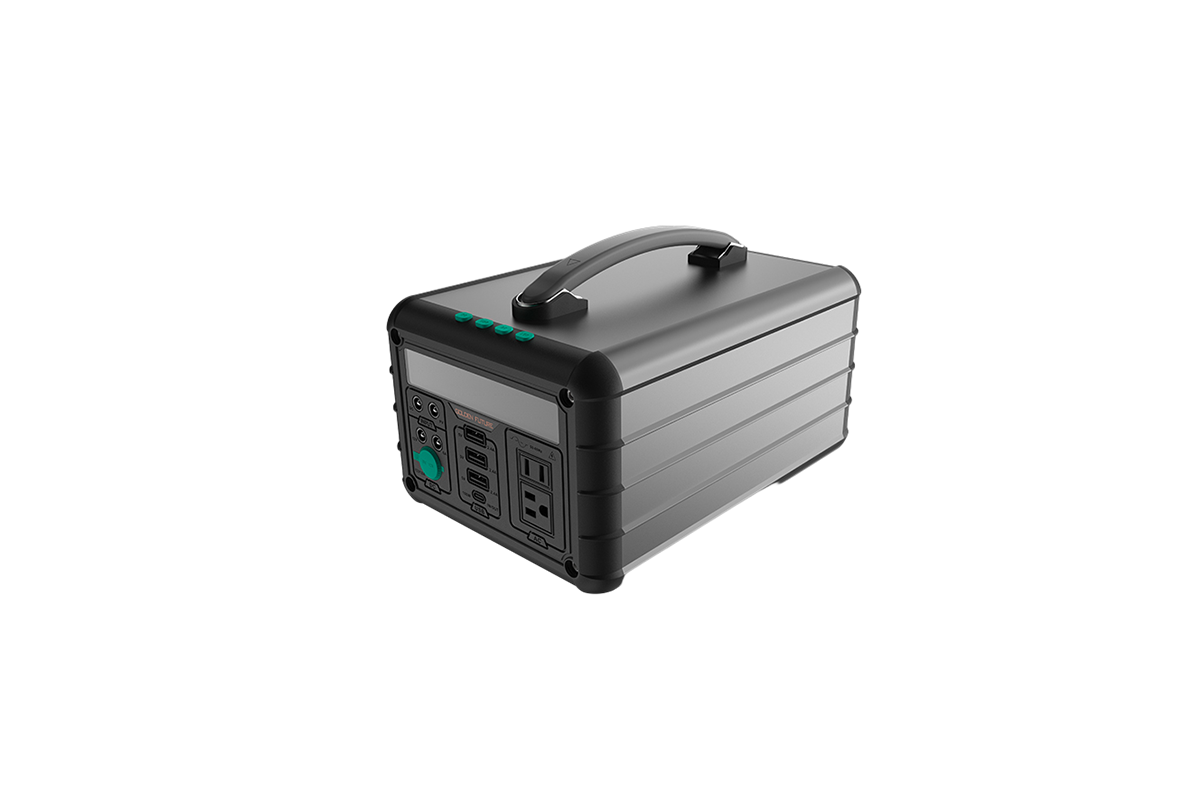

Time:2025-07-29 Views:1

Lead-acid batteries have long been a staple in energy storage devices due to their proven reliability, cost-effectiveness, and mature manufacturing processes. These batteries are widely used in applications such as uninterruptible power supplies (UPS), renewable energy systems (solar and wind), and backup power for telecommunications.
One of the key advantages of lead-acid batteries in energy storage devices is their ability to deliver high surge currents, making them suitable for applications requiring sudden power bursts, such as starting generators or supporting peak loads in grid systems. They also exhibit good charge-discharge efficiency in moderate cycling conditions, typically around 70-80%, which is sufficient for many stationary storage needs.
Maintenance requirements vary by type; flooded lead-acid batteries need periodic water replenishment, while sealed valve-regulated lead-acid (VRLA) batteries, including gel and AGM (absorbent glass mat) types, are maintenance-free, making them ideal for remote or inaccessible installations. Their wide operating temperature range, from -20°C to 60°C, allows them to function in diverse environmental conditions, though performance may degrade at extreme temperatures.
Despite competition from lithium-ion batteries, lead-acid batteries remain popular in cost-sensitive applications. Their recyclability is another strong point—over 90% of lead-acid battery components can be recycled, reducing environmental impact and lowering raw material costs. For energy storage devices requiring a balance of performance, cost, and safety, lead-acid batteries continue to be a viable choice.
Read recommendations:
Explosion Proof Flood Light for Construction Sites